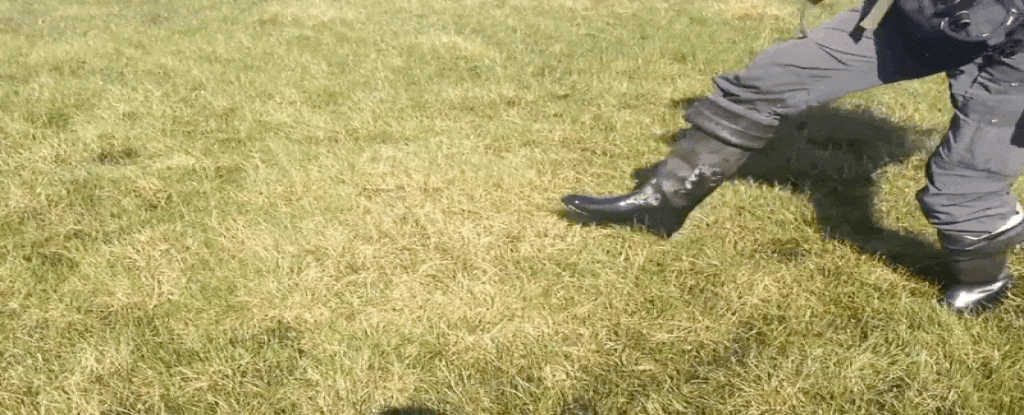

A pair of researchers discovered
15 methane-filled bubbles in Siberia’s Bely Island last July that wobbled like a waterbed when stepped on.
Well, we really hate to burst these bubbles, but further
research into the wider Yamal and Gydan peninsulas has uncovered about 7,000 more of these mysterious mounds.
Scientists believe that these bumps are caused by thawing permafrost releasing methane.
https://www.youtube.com/watch?v=06Xc3LtZRWo
The scariest part? Scientists say the gas bubbles are expected to explode and can create anything from small potholes to massive craters like the ones that have been
appearing across the region in recent years.
“At first, such a bump is a bubble, or ‘bulgunyakh’ in the local Yakut language,” said Alexey Titovsky, director of the Yamal Department for Science and Innovation, according to
The Siberian Times.
“With time, the bubble explodes, releasing gas. This is how gigantic funnels form.”
The sudden appearance of
giant craters in the Siberian permafrost has been linked to climate change. The exact explanation behind the craters is unclear but the most prominent theory is that unseasonably high temperatures have released methane stored in the permafrost, causing a sort of explosion that forms the craters.
https://twitter.com/EcoWatch/status/570750303999537152
“We need to know which bumps are dangerous and which are not,” Titovsky emphasized about the new discovery. “Scientists are working on detecting and structuring signs of potential threat, like the maximum height of a bump and pressure that the earth can withstand.”
Researchers Alexander Sokolov and Dorothee Ehrich discovered the first 15 of these bulges last summer. When Sokolov and Ehrich punctured one of the spots, the air that escaped contained 200 times more methane and 20 times more carbon dioxide than the surrounding air.
Scientists accurately predicted back then that more bubbles would be found due to
2016’s record-hot temperatures.
https://twitter.com/EcoWatch/status/759503900202369028
The Ural branch of the Russian Academy of Science confirmed with The Siberian Times that thawing permafrost is a suspected explanation for the gas bubbles.
“Their appearance at such high latitudes is most likely linked to thawing permafrost which in is in turn linked to overall rise of temperature on the north of Eurasia during last several decades,” a spokesman said. “An abnormally warm summer in 2016 on the Yamal peninsula must have added to the process.”
The Yamal peninsula experienced temperatures reaching 35 degrees Celsius (95 degrees Fahrenheit) last summer.

 233k
233k  41k
41k  Subscribe
Subscribe 